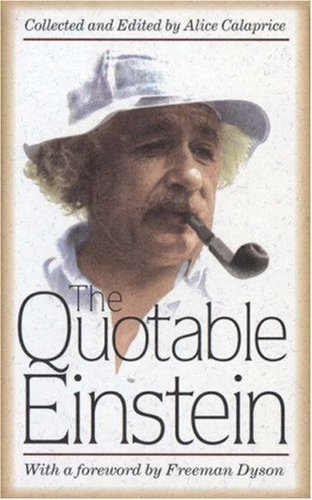
The Principle of Relativity
Book Description
Time bends, space curves, and reality warps in the electrifying realm of 'The Principle of Relativity.' This groundbreaking exploration unveils the mind-bending concepts that shattered conventional thinking and transformed our understanding of the universe. Einstein's insights take you on a thrilling journey through the interconnectedness of time and motion, revealing profound truths that ripple across science and philosophy. Each revelation challenges your perception, compelling you to question everything you thought you knew. With every page, a new layer of cosmic mystery unfolds. What if the universe isn't as fixed as it seems? Will you dare to follow where it leads?
Quick Book Summary
"The Principle of Relativity" is a seminal collection of scientific papers by Albert Einstein and his contemporaries, introducing and developing the revolutionary ideas of special and general relativity. The book examines how our understanding of space, time, and motion is fundamentally altered by Einstein’s principles, challenging classical Newtonian physics. Through rigorous analysis and experimental evidence, Einstein demonstrates the invariance of the laws of physics and the constancy of the speed of light, leading to profound implications: time dilates, lengths contract, and mass and energy become interchangeable. The text also explores curved space-time as the fabric of gravity and its effect on planetary motion and light. This cornerstone of modern science not only redefines physics but sparks philosophical questions about the very nature of reality itself.
Summary of Key Ideas
Table of Contents
Relativity of Space and Time
Einstein’s development of the relativity of space and time fundamentally disrupted centuries-old notions of physics. Before this, Newton’s absolute space and time were thought to be fixed backgrounds for physical events. Einstein, however, demonstrated that distance and duration are not invariant but depend on the observer’s state of motion. Through illuminating thought experiments and mathematical formulations, the theory of relativity showed time could slow down and lengths could contract at significant fractions of light speed, forever altering humanity’s intuitive grasp of reality.
The Constancy of the Speed of Light
A cornerstone idea in the book is the constancy of the speed of light. Regardless of the motion of the observer or the source, light always travels at the same speed in a vacuum. This principle required a radical transformation of old concepts. The invariance of light speed leads directly to paradoxical results, such as simultaneity becoming relative—two events that are simultaneous for one observer may not be for another moving at a different velocity, challenging the notion of universal time.
Interchangeability of Mass and Energy
One of the most famous consequences of relativity is the mass-energy equivalence, encapsulated by the equation E=mc². This concept reveals that mass and energy are two forms of the same fundamental entity, allowing for revolutionary understandings in nuclear physics and cosmology. The implications reach far beyond theory, explaining phenomena like the immense energy produced by the sun and laying the groundwork for technologies such as nuclear power and medical imaging.
Curved Space-Time and Gravity
Einstein extended the principle of relativity further in his general theory, accounting for gravity by describing it as the curvature of space-time rather than a traditional force. Large masses like planets and stars cause the geometric fabric of space-time to bend, and objects follow curved paths within this distorted landscape. This theory not only described gravitational attraction more accurately than Newton’s law but also predicted new phenomena, such as the bending of light by gravity and the existence of black holes.
Experimental Evidence and Philosophical Implications
Throughout the book, Einstein and his contributors provide experimental verification and philosophical reflection. Observations such as the precession of Mercury’s orbit and the bending of starlight during a solar eclipse offer empirical support for relativity. Furthermore, these discoveries prompt deep questions about the nature of reality, objectivity, and our place in the universe. "The Principle of Relativity" thus stands as a pivotal work, forever shaping the trajectory of physics and scientific thinking.
Download This Summary
Get a free PDF of this summary instantly — no email required.





